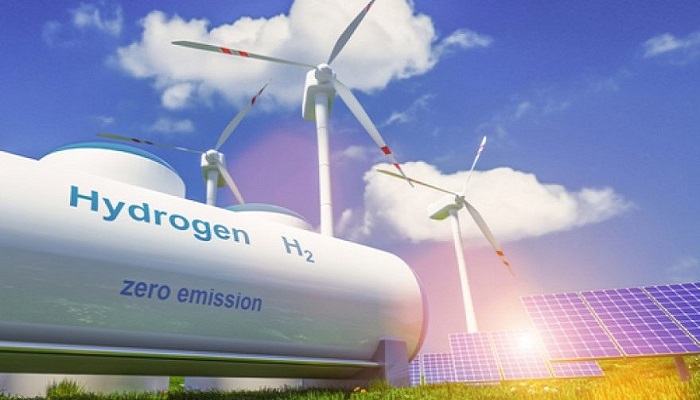In order to create a clean hydrogen supply chain and support a world-leading hydrogen industry, the South Korean government has unveiled new laws and goals for the sector.
The government has three main growth strategies, according to a statement from the Ministry of Trade, Industry, and Energy, that are intended to scale up, build up, and level up the sector. To build the green hydrogen ecosystem, the government intends to create a global supply chain and a sizable demand for hydrogen for transportation and power generation.
The goal is to increase the supply of high-mobility vehicles such as hydrogen buses and trucks as well as to accomplish hydrogen-enhanced burning, which combines hydrogen and ammonia. Overseas sites for large-scale production would be constructed, the ministry announced.
As part of the buildup plan, South Korea also wants to establish a legal structure for the distribution network to hasten the adoption of clean hydrogen.
This will entail constructing the biggest liquid hydrogen plant and fueling station in the world, as well as an ammonia and liquid hydrogen receiving facility and a hydrogen pipeline. Additionally, the government intends to establish a clean hydrogen certificate program, regulate hydrogen company legislation, and develop a hydrogen bid market.
The government wants to level up the industry by acquiring fundamental technology across the entire hydrogen cycle, from production to distribution, with the goal of becoming the leading hydrogen powerhouse. The government also stated that help would be given to businesses with the necessary technical know-how in seven key critical areas, including water electrolysis and hydrogen turbines. Furthermore, domestic products would be marketed for export, and business-hampering rules would be eliminated.
The government also came up with three different ways to implement the three strategies, one of which is for the ministry to take the initiative in promoting the clean hydrogen environment. The action plan seeks to create 70 liquid hydrogen refuelling stations, generate 20,000 commercial cars powered by hydrogen by 2030, and have hydrogen make up 7.1% of the nation’s energy mix by 2036.
By securing cutting-edge technology, 10 top-ranked products, and the development of 600 hydrogen-focused businesses by 2030, MOTIE will also take the lead in transforming Korea into a worldwide energy powerhouse. As a result, the Ministry of Science and ICT will completely localise the water electrolysis technology, gain the liquefaction and ammonia process technologies, and lead the hydrogen mobility market in order to close the super divide in hydrogen technologies.
The spectrum of rules was initially restricted to the sectors of hydrogen cars and fuel cells for power production, according to the ministry, and Korea’s hydrogen ecosystem is mostly driven by grey hydrogen.





































